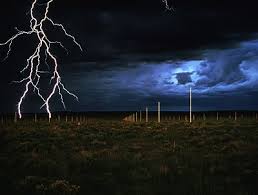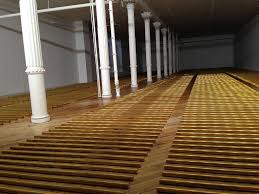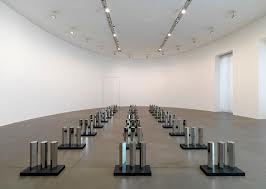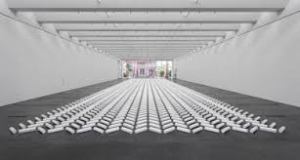Walter de Maria is a sculptor and land artist/installation artist the worked primarily in the 1960s and 70s. He is considered a minimalist artist. Generally in his work, de Maria focused on conveying an object in its simplest form without any associations. He also really wanted his work, primarily his land art, to be experienced through time.
For example, his piece “Lightning Field” was not necessarily meant to have lightning strike it, but more so it was meant to be seen throughout the day in all different lighting, specifically sunrise and sunset. He was really focused on the idea of invisibility and how the invisible is real. in an interview, he said “I think to be a true minimalist you should almost nearly be invisible yourself.” I think this quote encompasses how he wanted to approach his work–he wanted to make sure to include invisible aspects just as much as he incorporated seen aspects. e wanted to convey how important the unseen is in our perception of things.
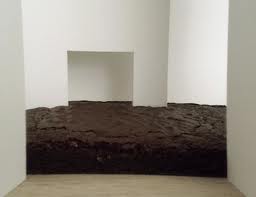
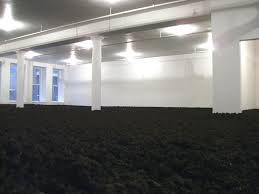
I think he was successful in conveying his idea, at least to those who understand minimalist art. He often made pieces that were really incredible and unexpected, but were very simple (for example, his piece “Earth Room”). He clearly showed that he wanted to catch the viewers eye, whether it be by the size of the piece or the concept itself, but was not willing to add details and things that would distract from the piece itself. Viewers could merely look at the forms he presented and focus solely on them rather than think of all the associations with the color, design, etc of an object. Generally, de Maria worked with boxes and rectangles. I think his choice in form furthered his meaning because in most cases, squares and rectangles are the simplest form that make up everything. He also worked with steel and aluminum a lot, which allowed him to focus his attention to form rather than color, because the metal plain and would only add to the form itself. Also, his use of metal is interesting because the metal oftentimes reflects light, therefore drawing the viewers eye in.
Usually I do not really enjoy minimalist work. I find it boring and I’ve never really understood it. But after seeing Walter de Maria’s work, particularly “Lightning Field” and “Earth Room”, I think I have a new found respect for minimalist work. His work is really simple, but there is this beauty about that simplicity that is captivating. I mean he put a bunch of dirt in a room and called it art, which seems absurd. But I think it also says a lot, if you think about where in the world he put the dirt (a SoHo apartment in New York) and how he chemically treated it to make sure nothing could grow in the dirt. Looking at his art changed what I consider to be art and reading an interview with him talking about what he wants to convey really opened my eyes to what minimalist art is and can be.
http://www.aaa.si.edu/collections/interviews/oral-history-interview-walter-de-maria-12362

